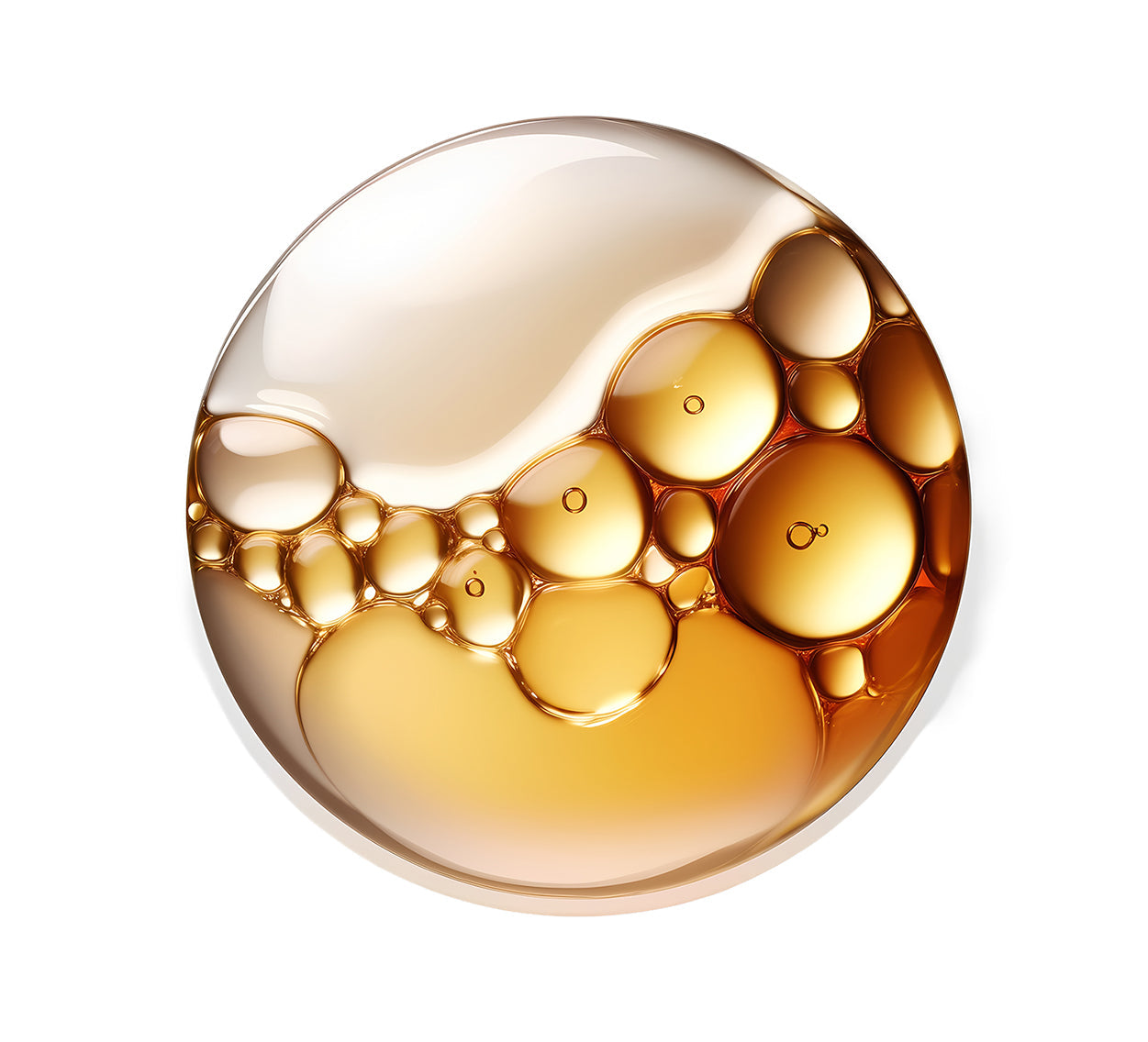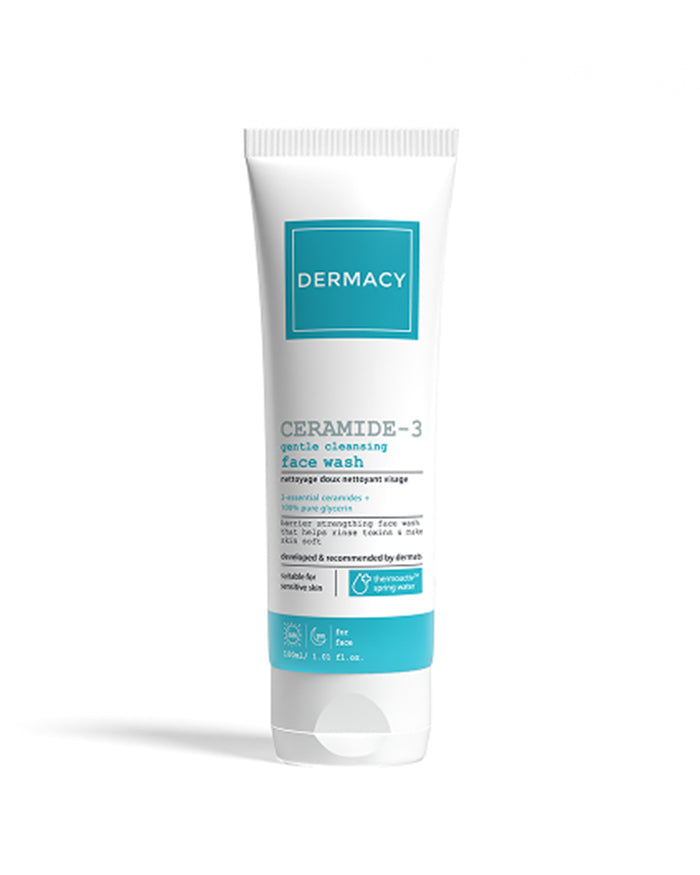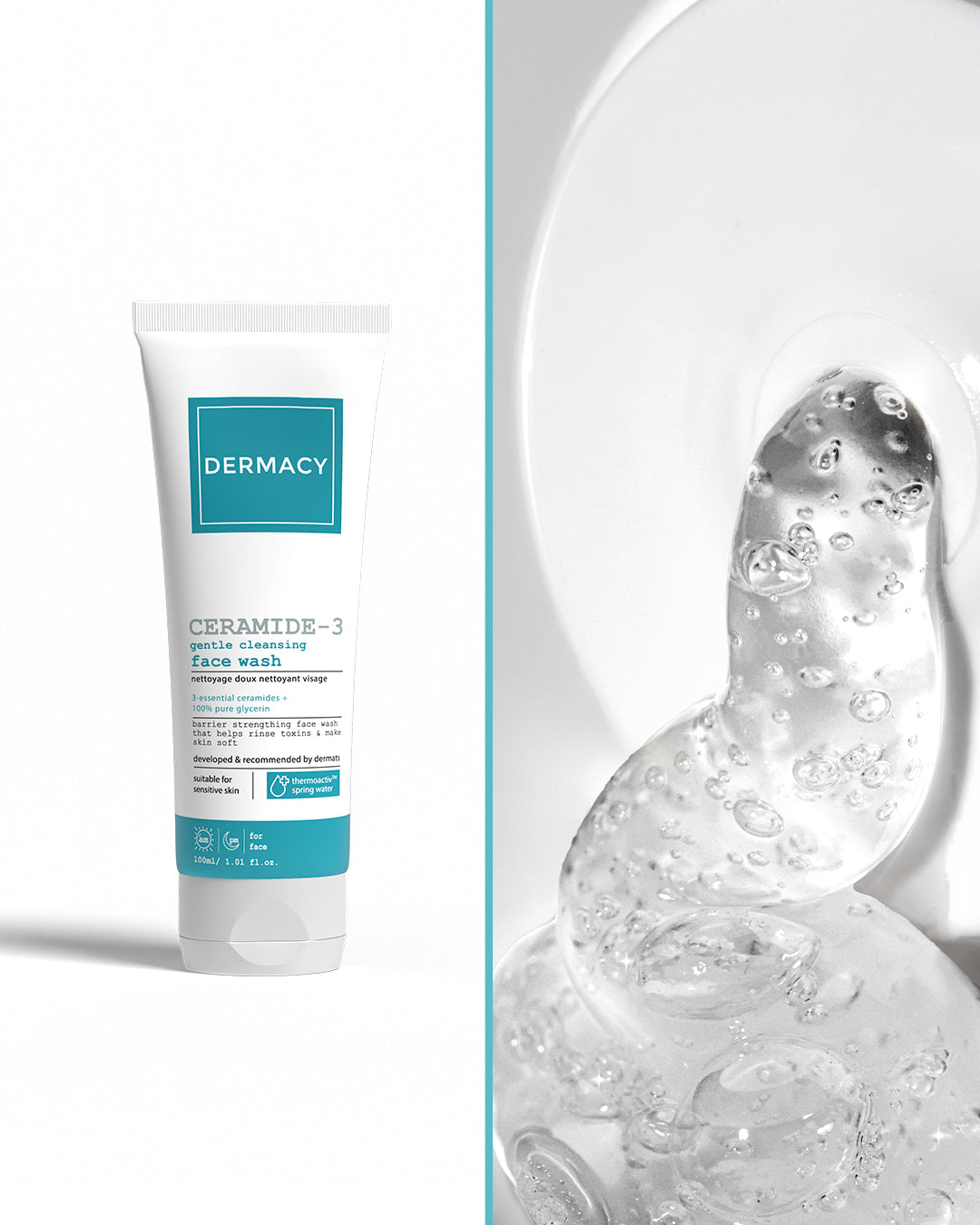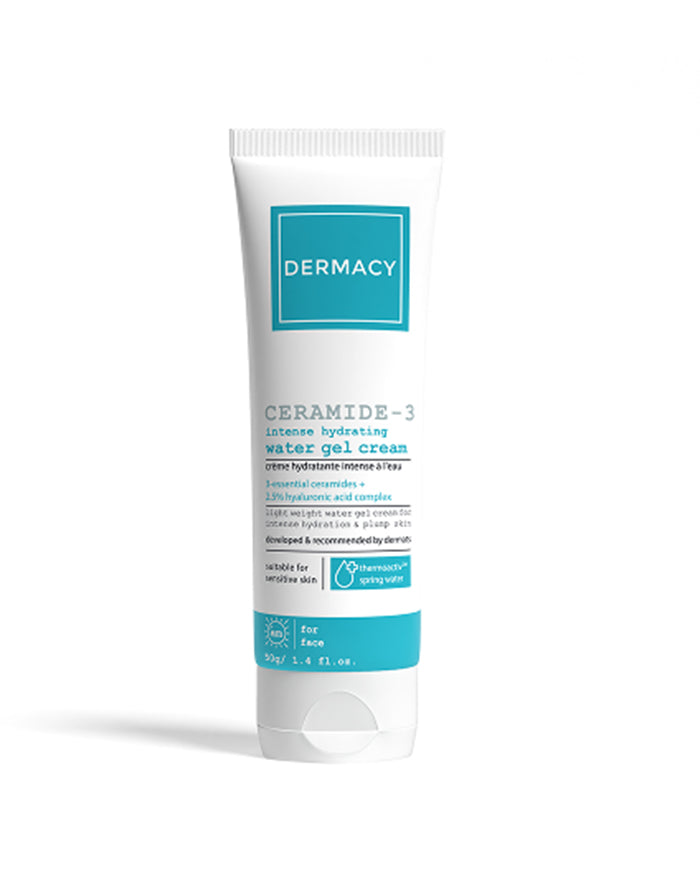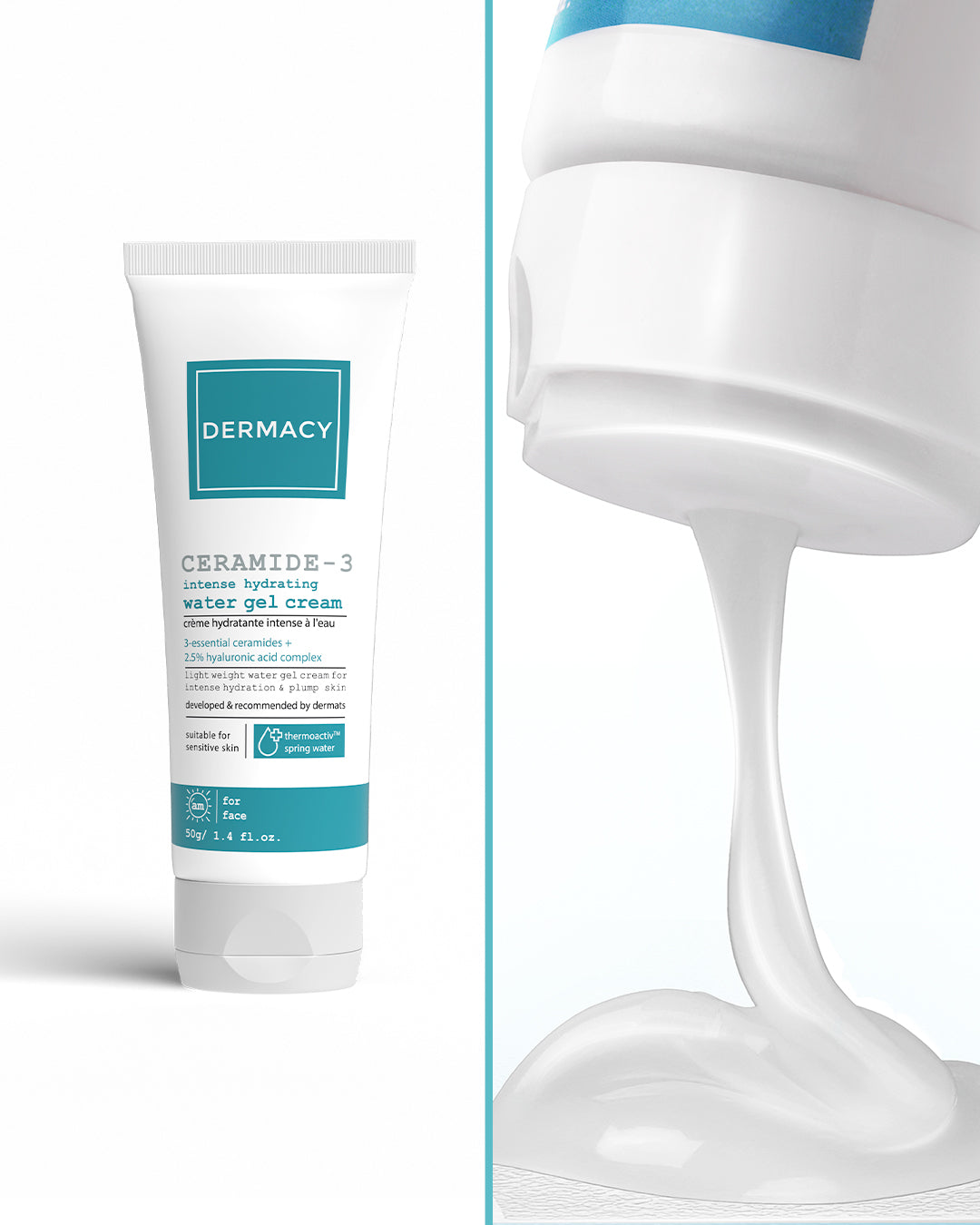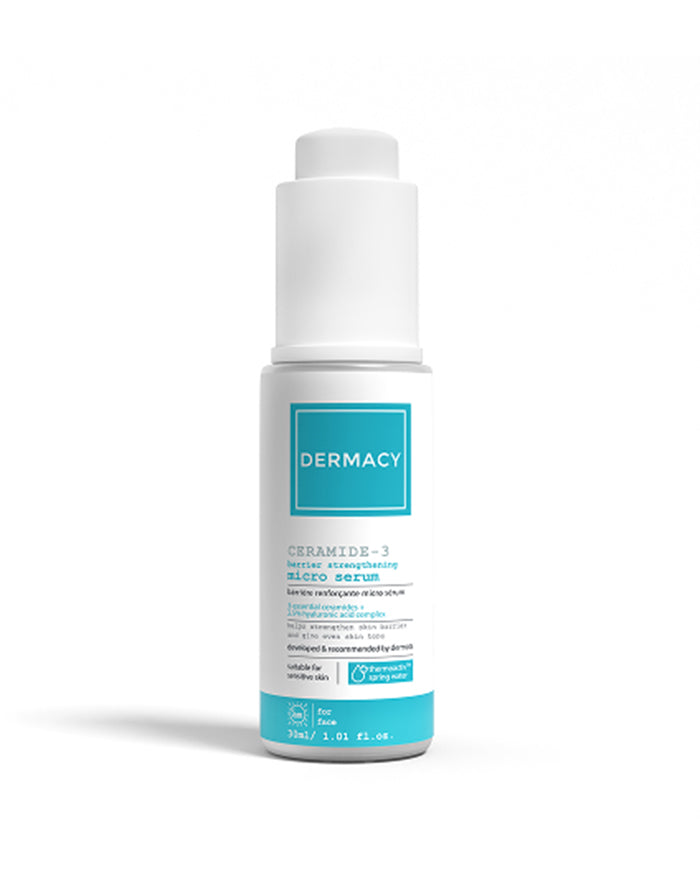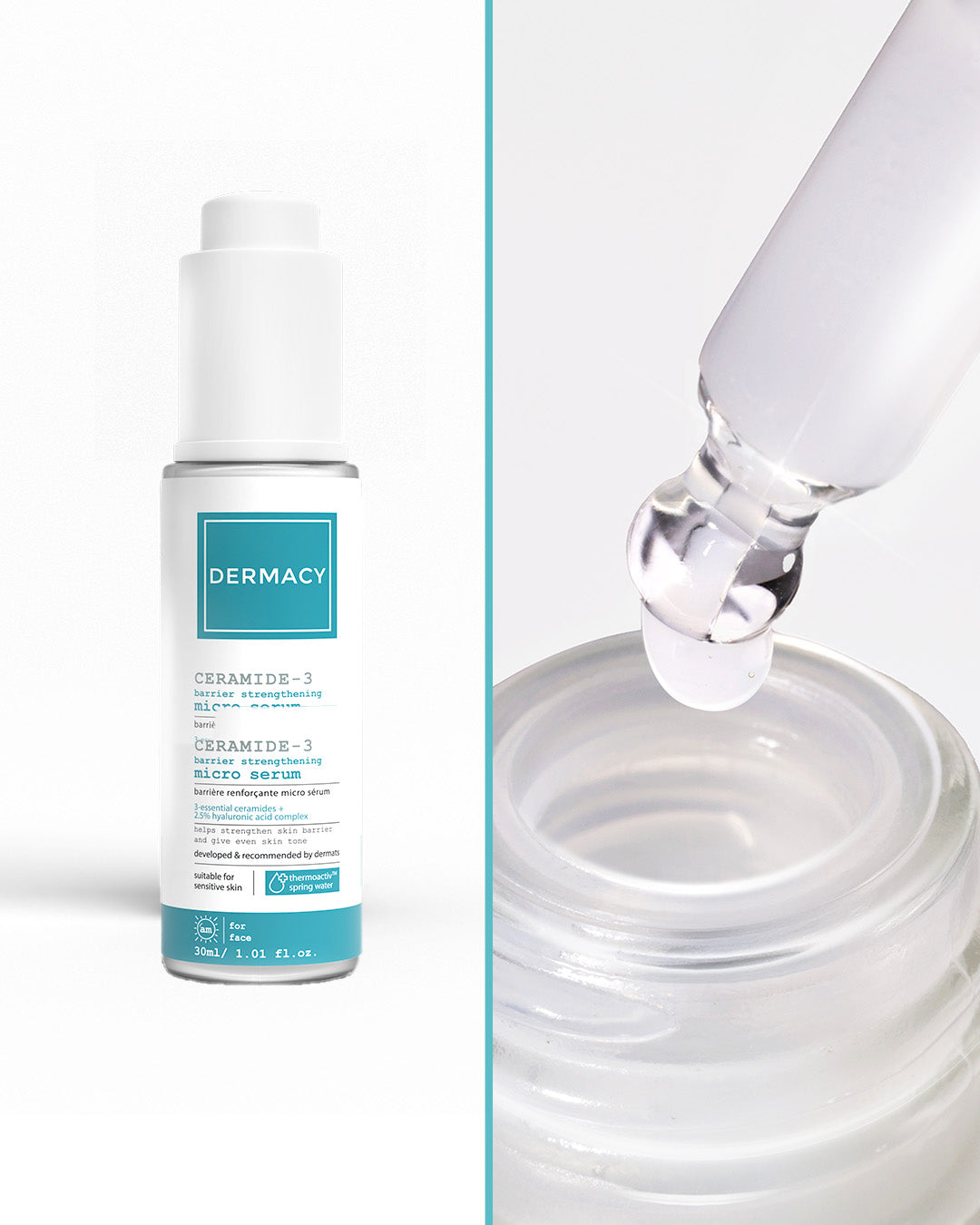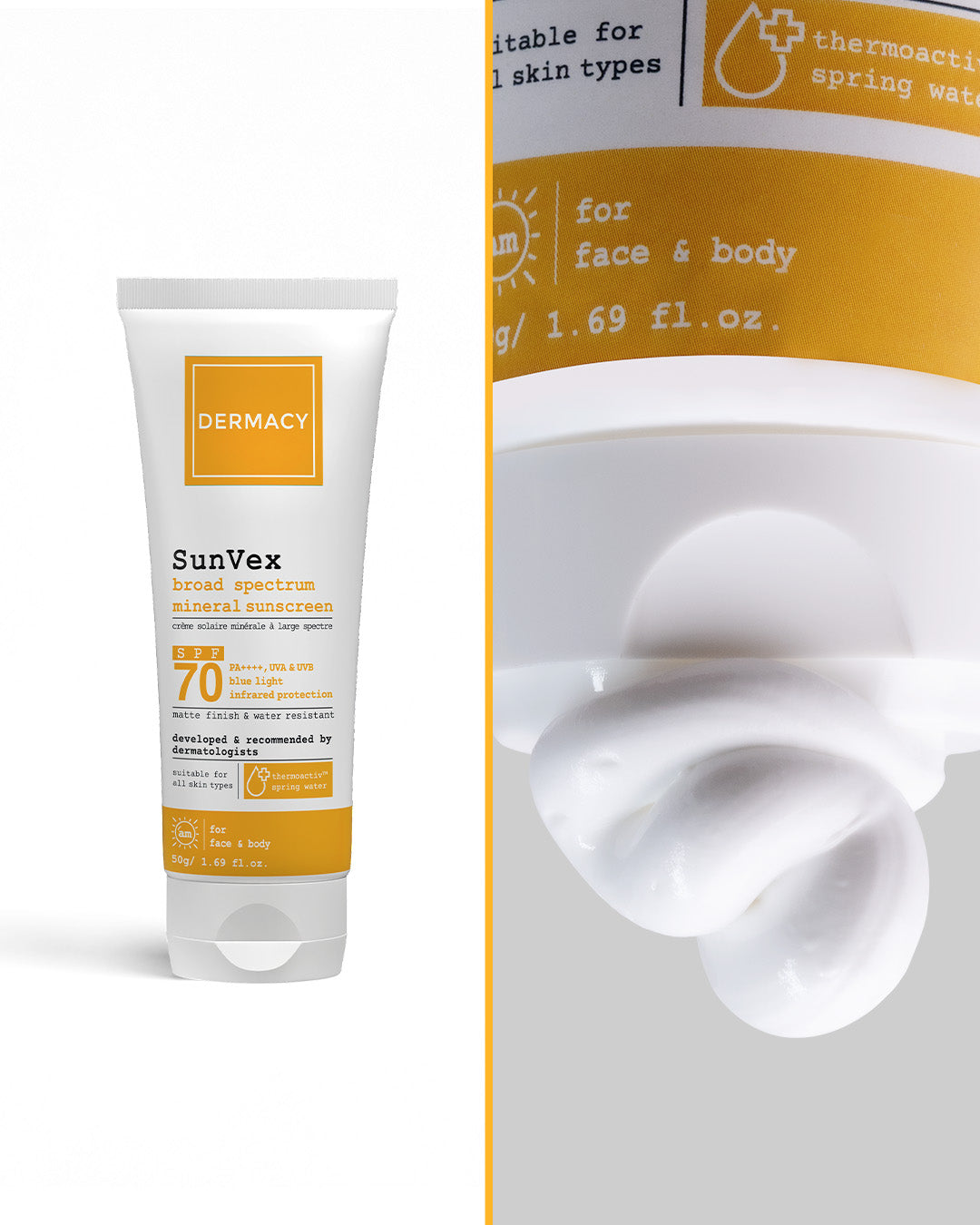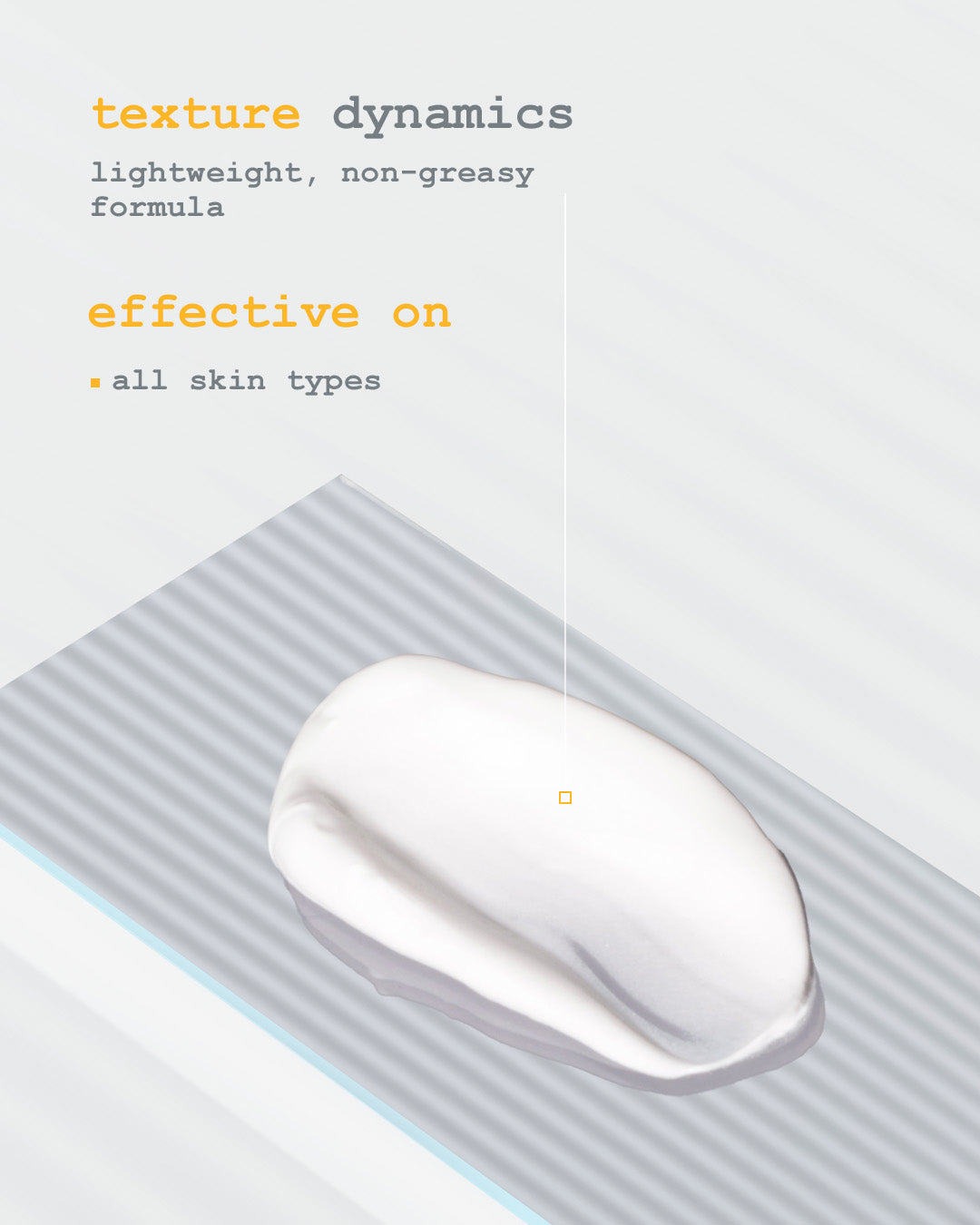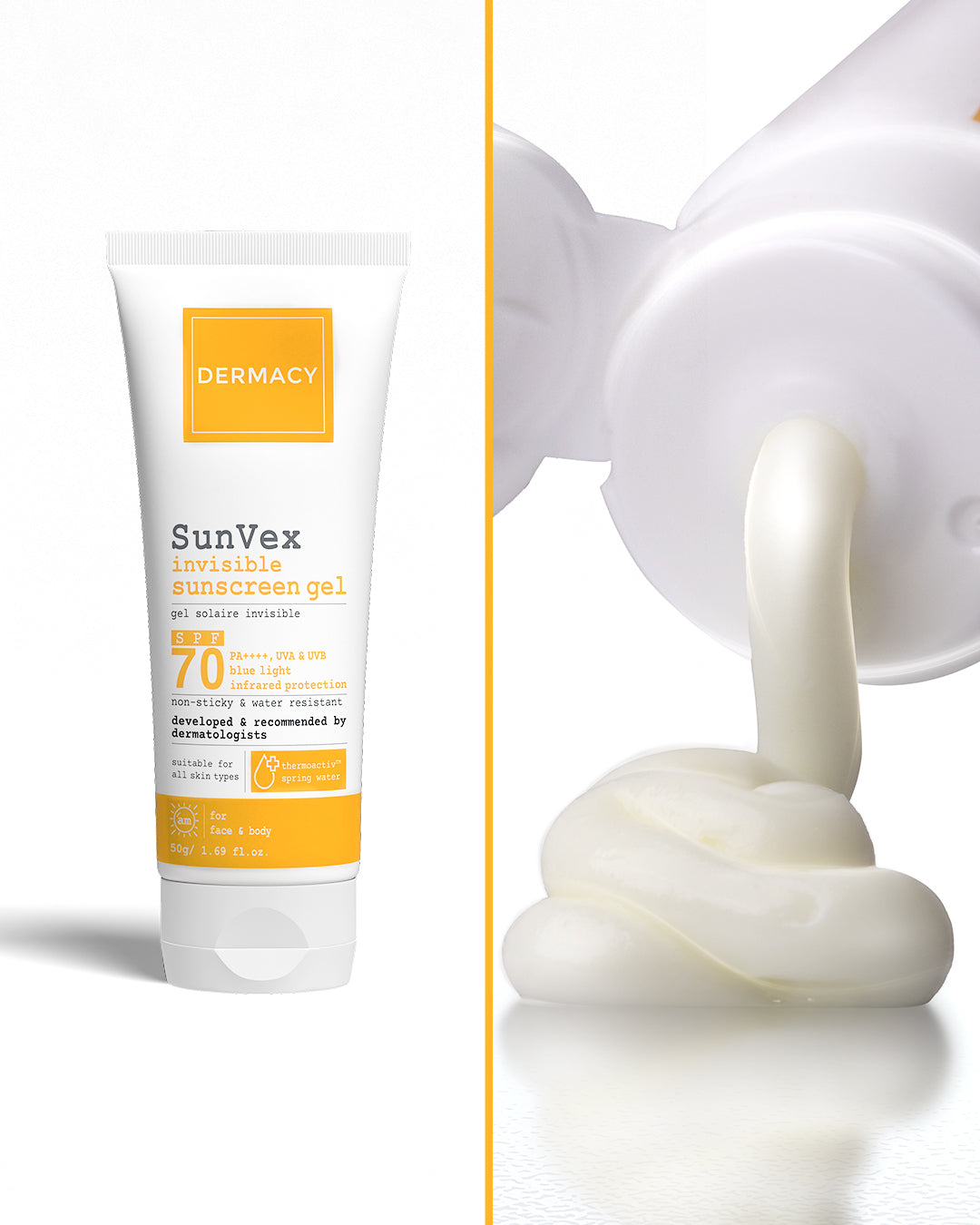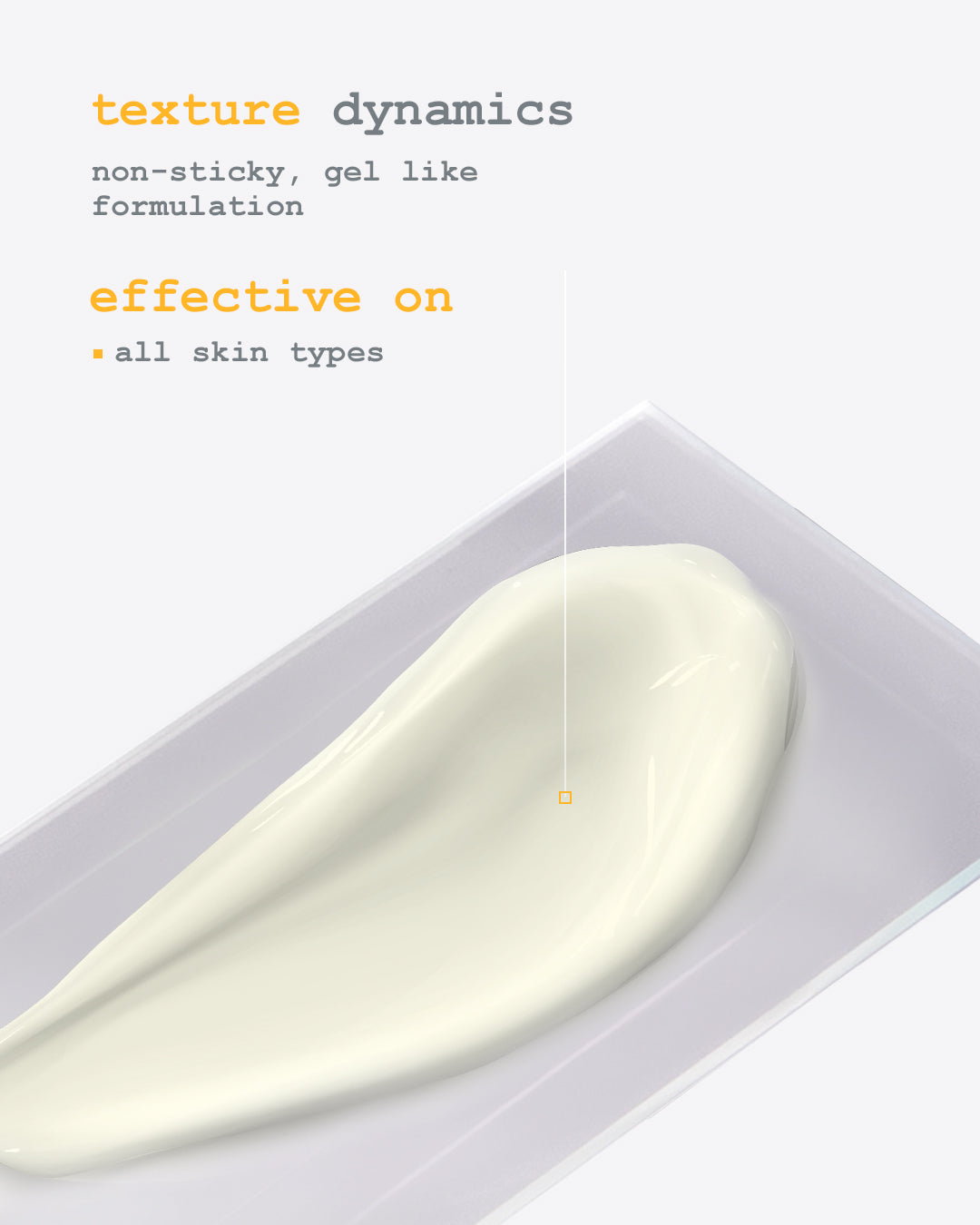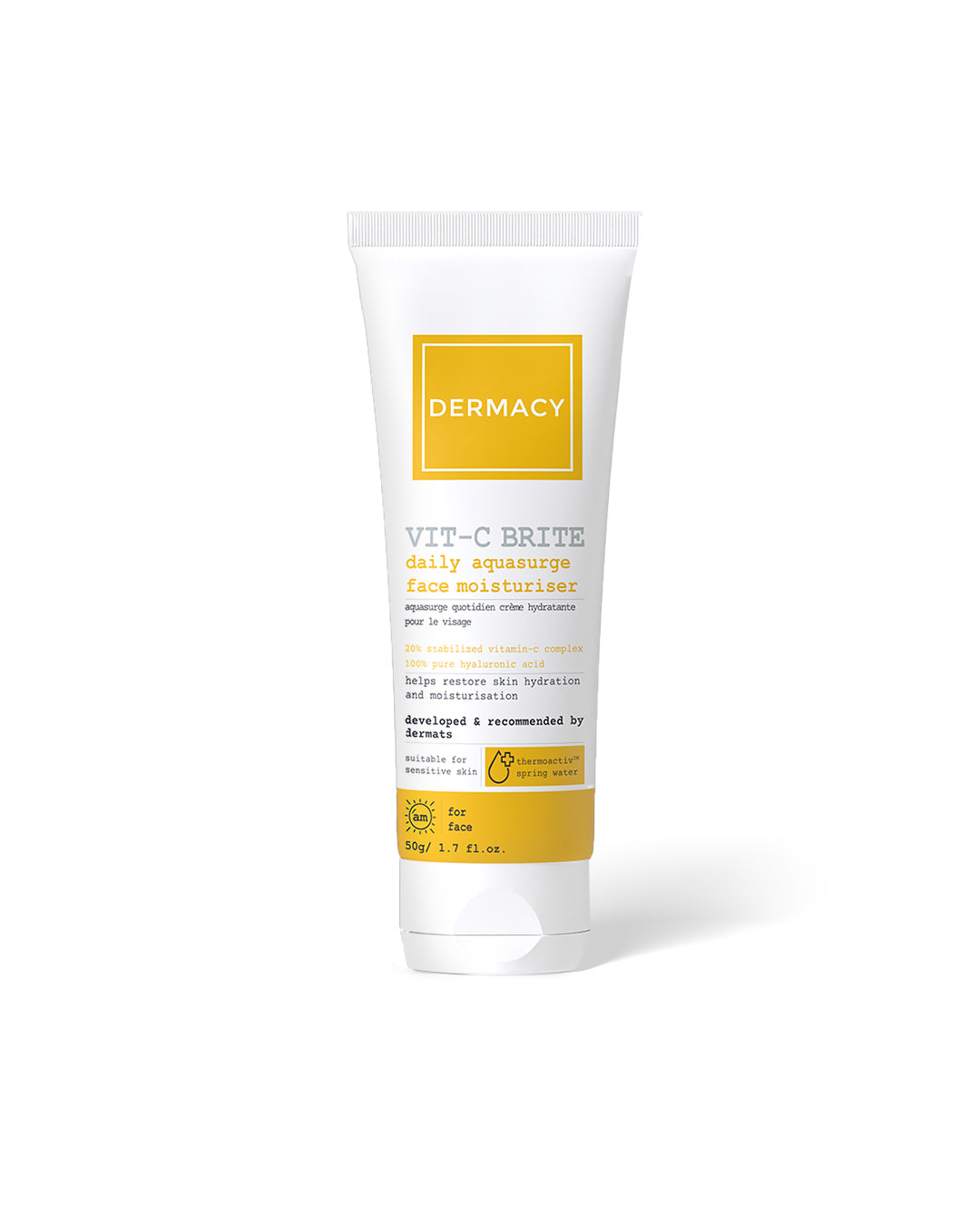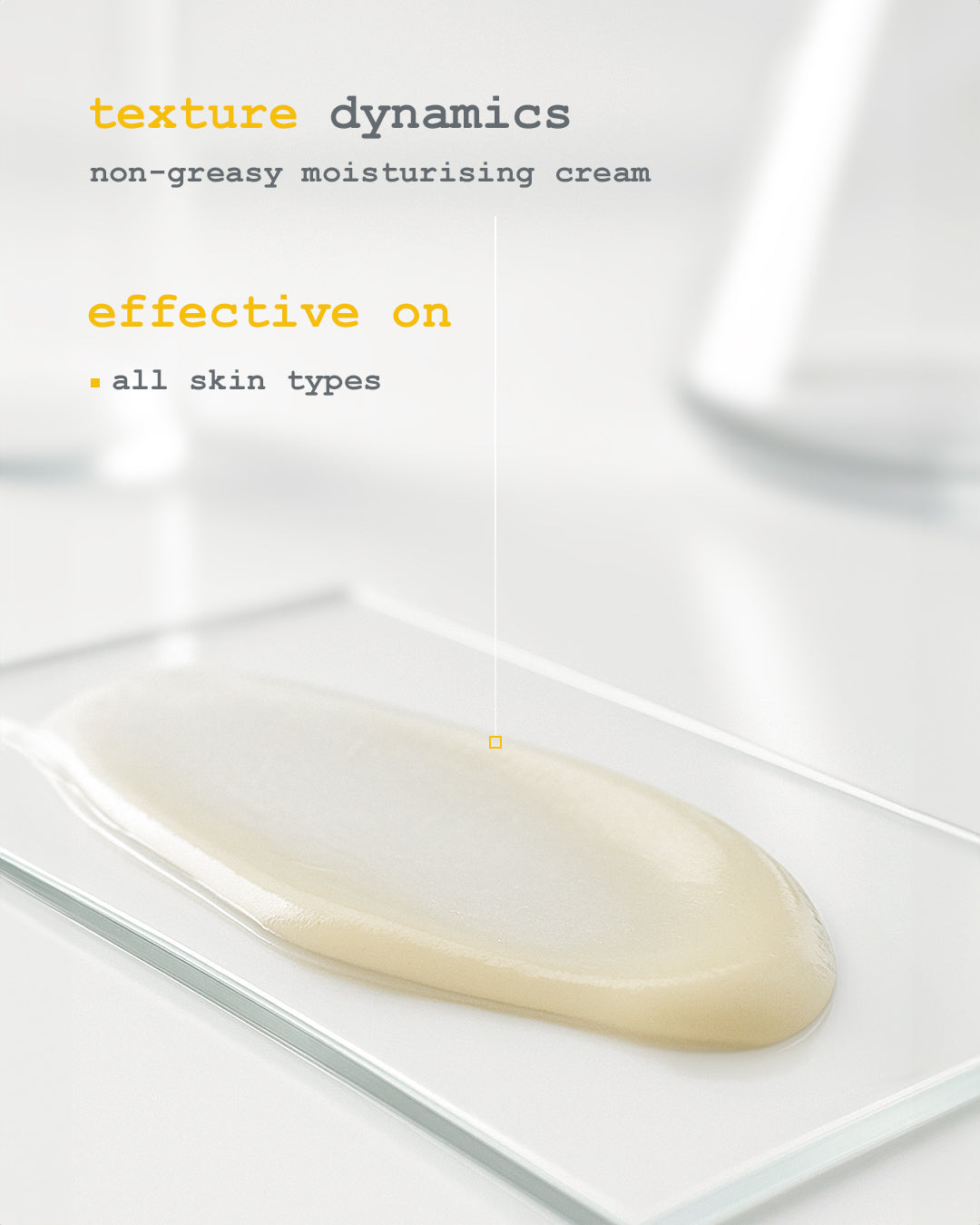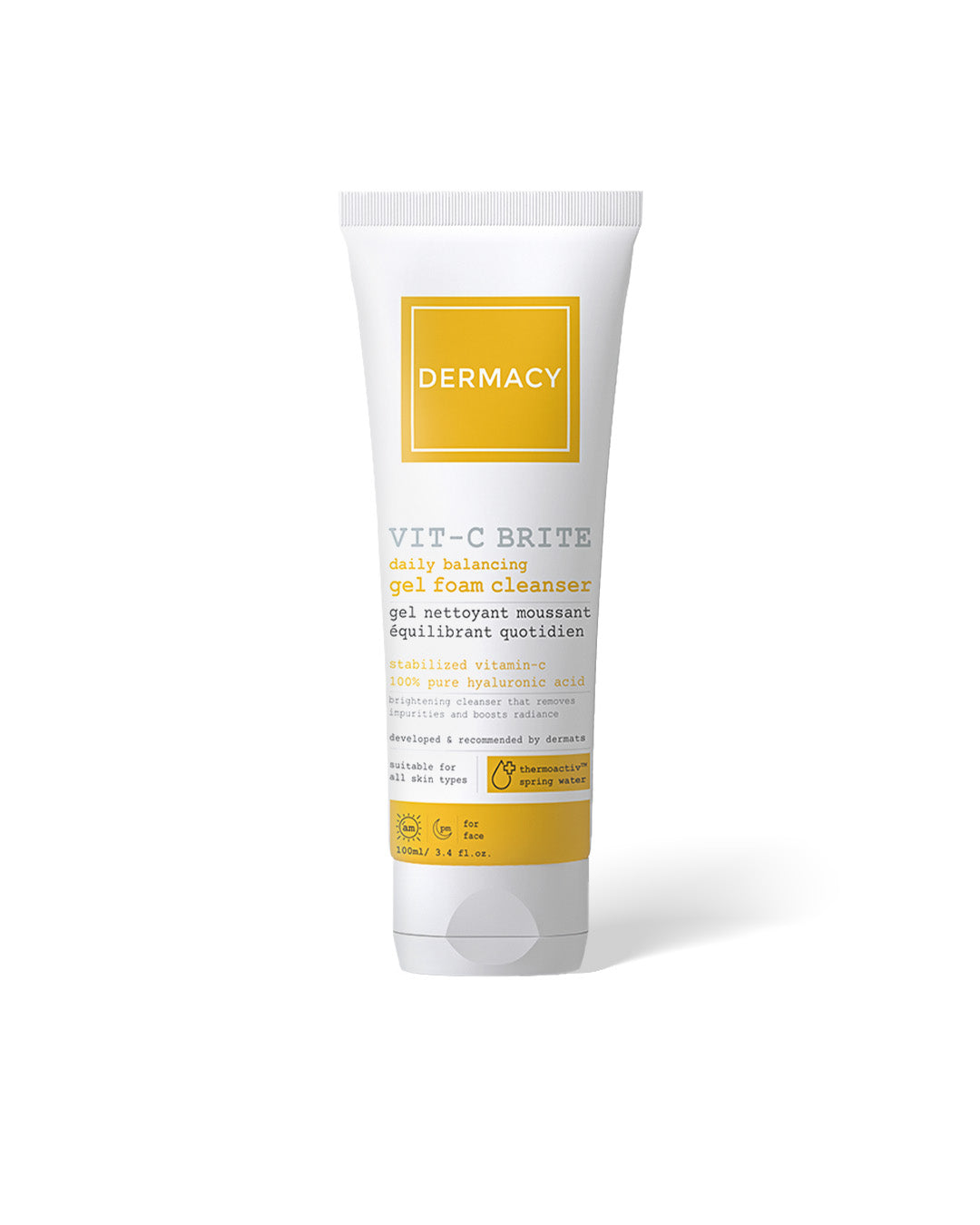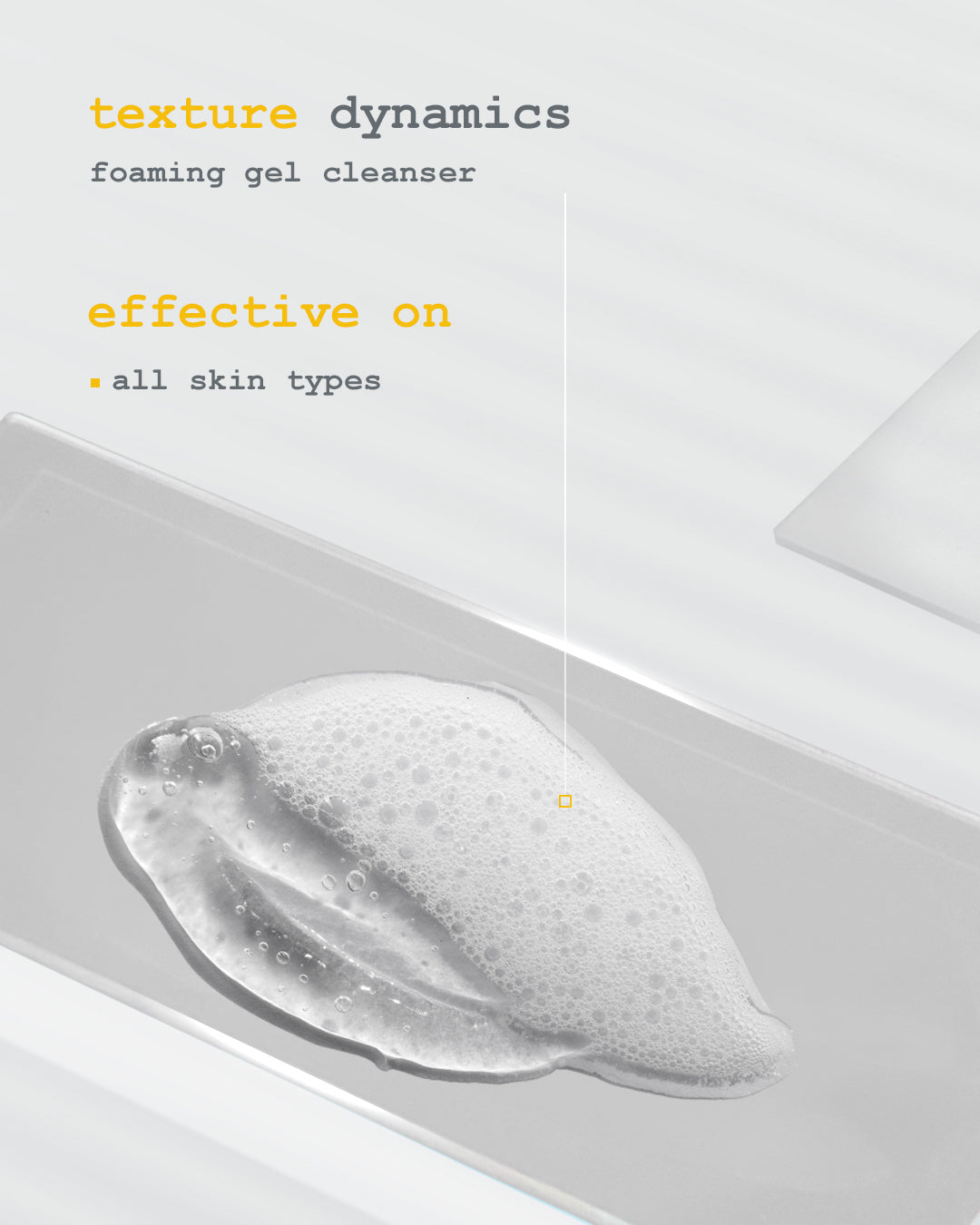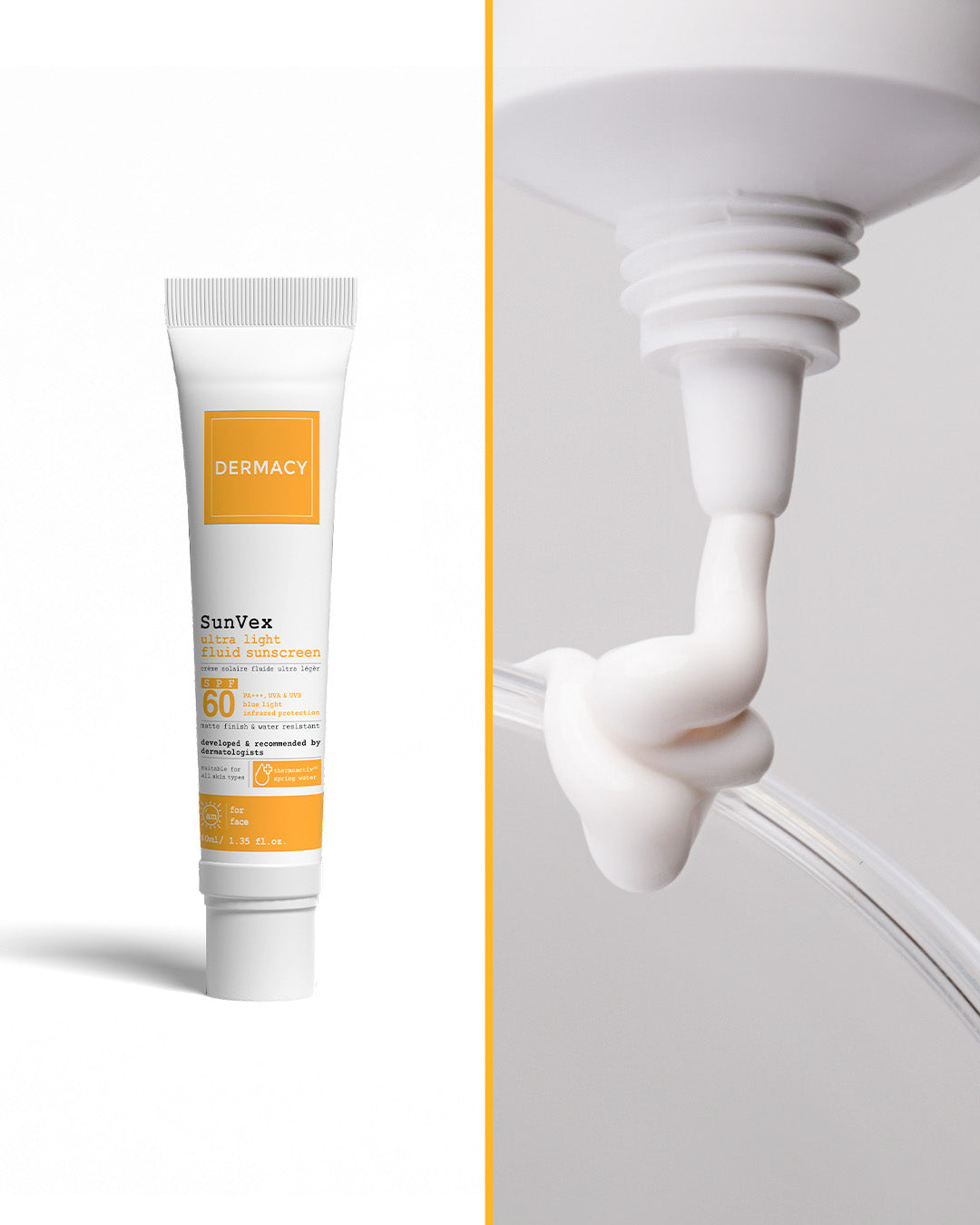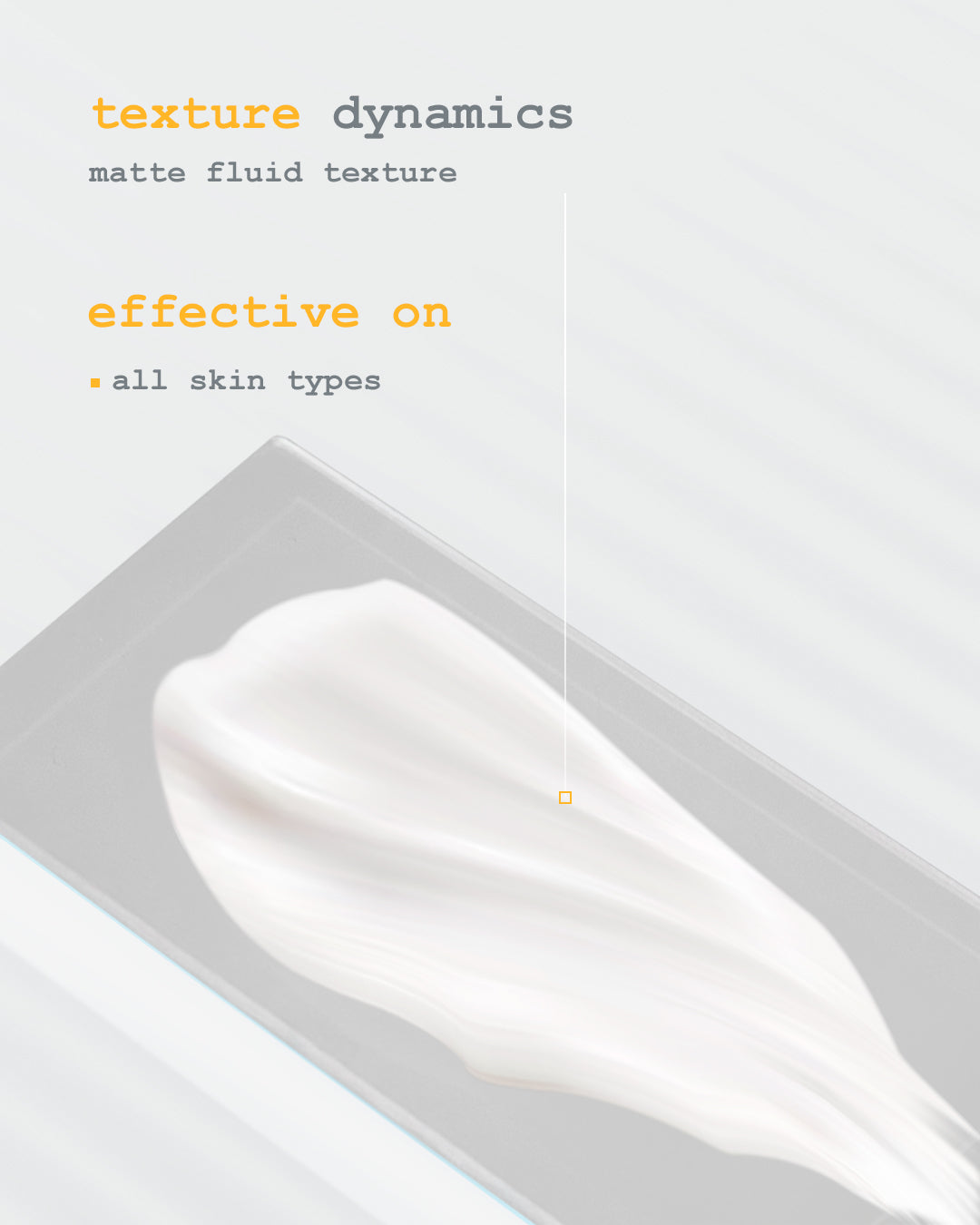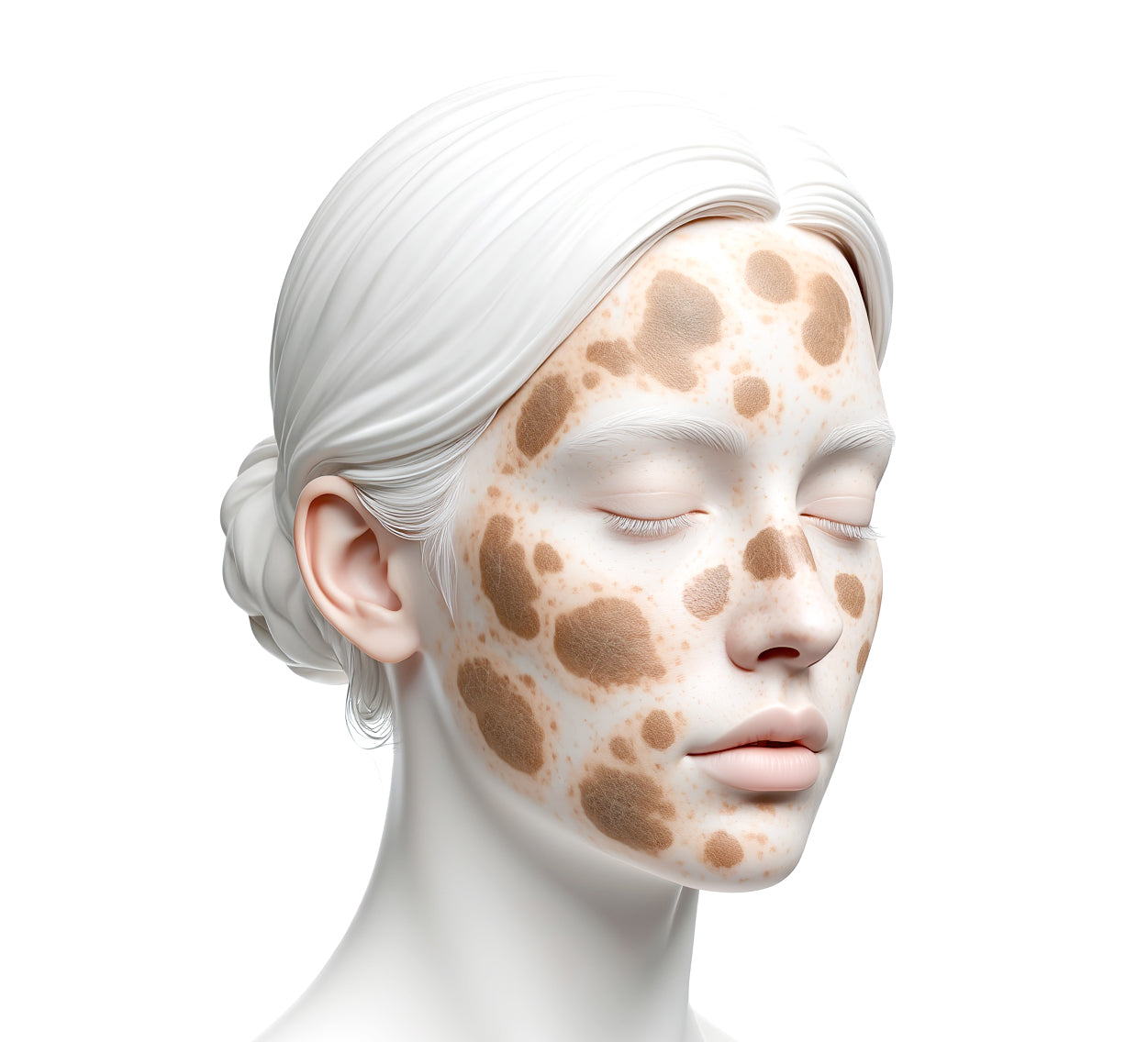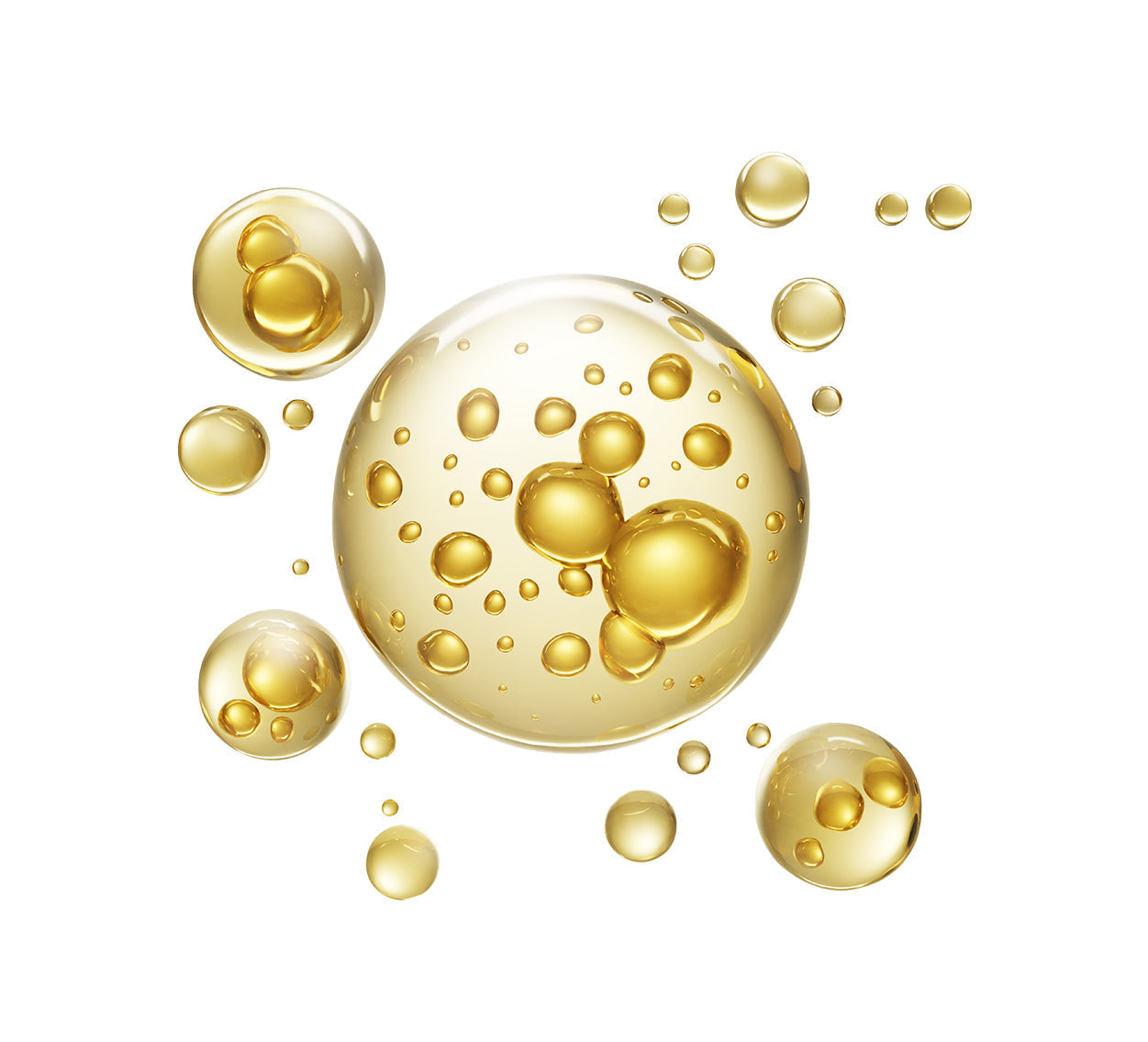Melanin in Skin: What It Means and How It Relates to Hyperpigmentation
What Is Hyperpigmentation?
Hyperpigmentation refers to the darkening of specific areas of the skin due to excess melanin accumulation. Though not medically harmful, it can affect tone, texture, and skin clarity. Common types include post-inflammatory hyperpigmentation, sunspots, and melasma.
The Connection Between Melanin and Hyperpigmentation
When the skin experiences stress—like UV exposure, inflammation, or trauma—melanocytes can become overactive, producing more melanin than needed. This extra pigment settles unevenly in the skin, resulting in visible discoloration or dark spots.
Causes of Hyperpigmentation
The most common causes of hyperpigmentation include:
- Sun exposure – a leading trigger of excess melanin production
- Inflammation – from acne, eczema, or skin trauma
- Hormonal changes – especially in melasma
- Photosensitizing agents – medications or skincare ingredients
- Genetics – especially in medium to deep skin tones
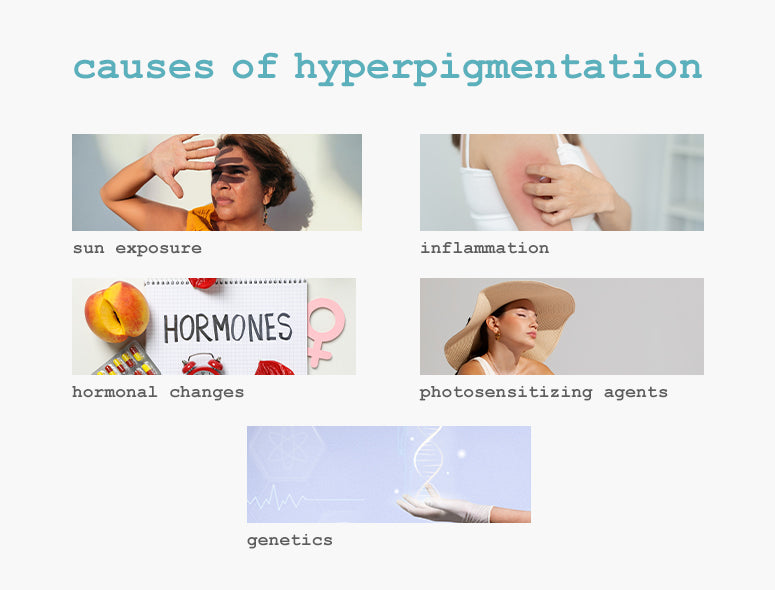
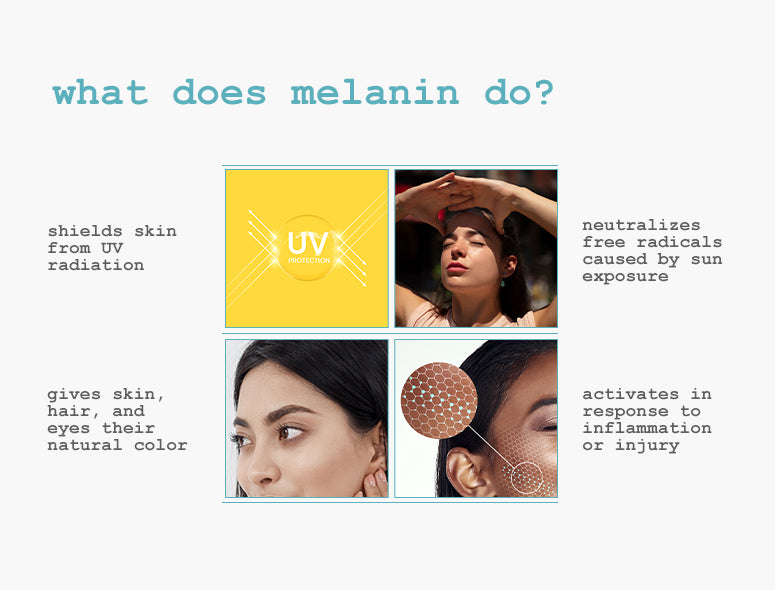
What Does Melanin Do?
- Shields skin from UV radiation
- Neutralizes free radicals caused by sun exposure
- Gives skin, hair, and eyes their natural color
- Activates in response to inflammation or injury (as part of the skin's healing process)
How to Treat Hyperpigmentation
Treating hyperpigmentation requires patience and consistency, and the goal is to both inhibit excess melanin production and protect existing skin from further damage.
Key steps include:
- Daily broad-spectrum SPF to prevent UV-triggered pigment
- Topical antioxidants like vitamin C to brighten and reduce melanin activity
- Gentle exfoliants (like AHAs or PHAs) to promote even cell turnover
- Targeted ingredients like niacinamide, kojic acid, arbutin, and azelaic acid
Final Takeaways
Melanin in skin is essential for UV defense, but when overproduced, it contributes to visible dark spots and tone irregularities. Understanding the causes of hyperpigmentation and following a routine that includes protection and targeted brightening agents is the most effective path toward achieving even, clear skin.





